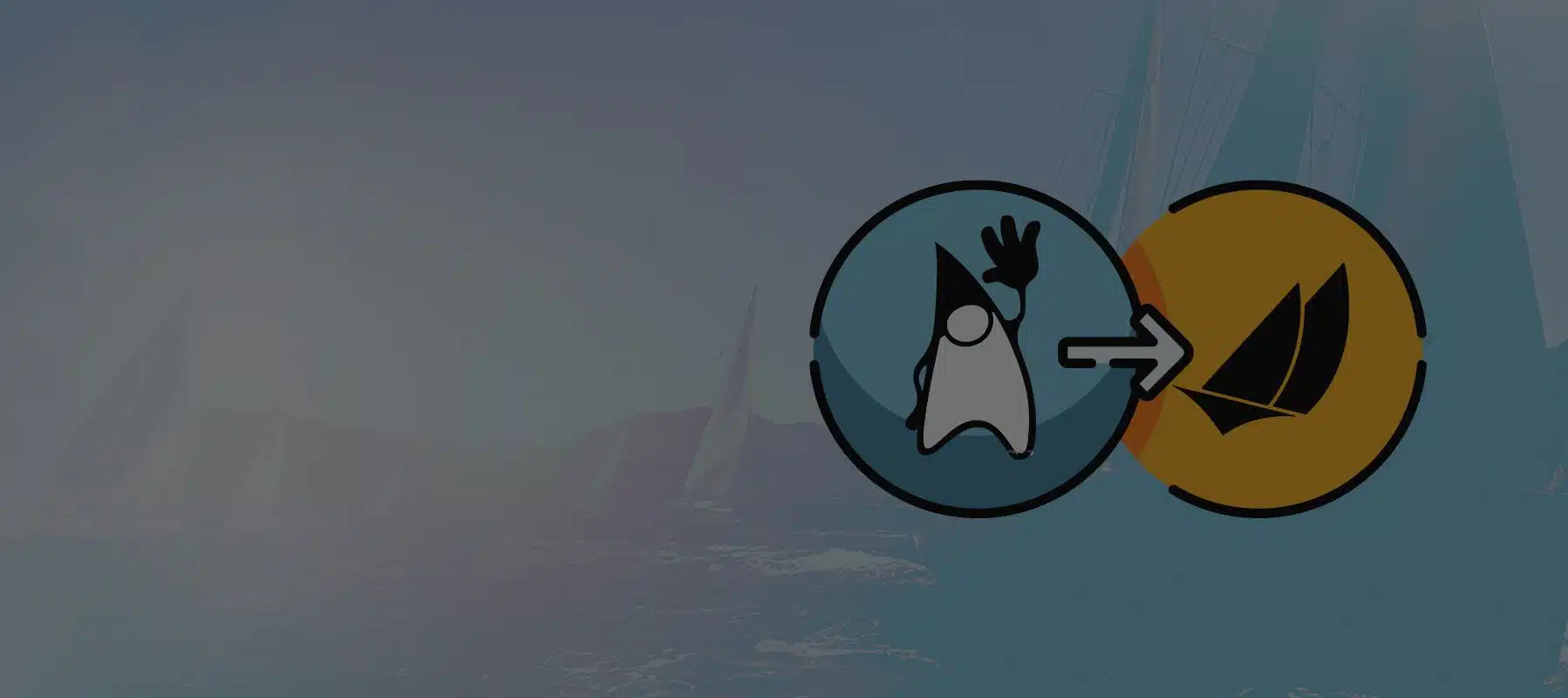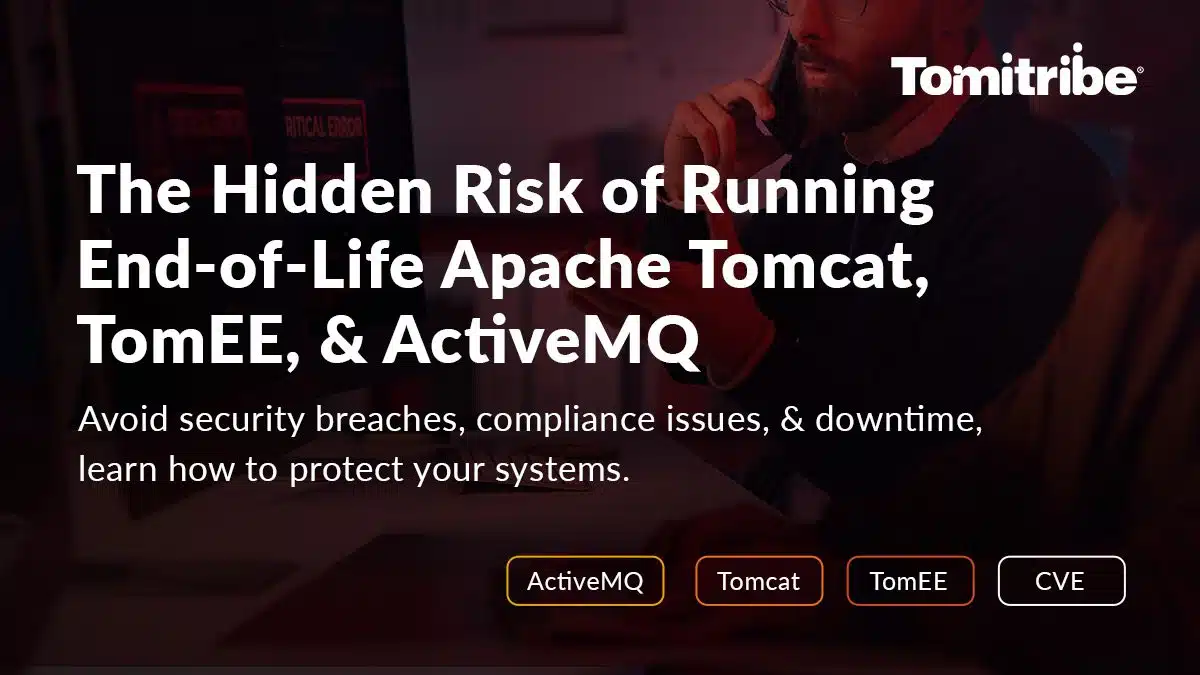This blog aims at giving some pointers in order to address the challenge related to the switch from `javax` to `jakarta` namespace. This is one of the biggest changes in Java of the latest 20 years. No doubt. The entire ecosystem is impacted. Not only Java EE or Jakarta EE Application servers, but also libraries of any kind (Jackson, CXF, Hibernate, Spring to name a few). For instance, it took Apache TomEE about a year to convert all the source code and dependencies to the new `jakarta` namespace.
This blog is written from the user perspective, because the shift from `javax` to `jakarta` is as impacting for application providers than it is for libraries or application servers. There have been a couple of attempts to study the impact and investigate possible paths to make the change as smooth as possible.
The problem is harder than it appears to be. The `javax` package is of course in the import section of a class, but it can be in Strings as well if you use the Java Reflection API for instance. Using Byte Code tools like ASM also makes the problem more complex, but also service loader mechanisms and many more. We will see that there are many ways to approach the problem, using byte code, converting the sources directly, but none are perfect.
Bytecode enhancement approach
The first legitimate approach that comes to our mind is the byte code approach. The goal is to keep the `javax` namespace as much as possible and use bytecode enhancement to convert binaries.
Compile time
It is possible to do a post treatment on the libraries and packages to transform archives such as then are converted to `jakarta` namespace.
- https://maven.apache.org/plugins/maven-shade-plugin/[Maven Shade plugin]
The Maven shade plugin has the ability to relocate packages. While the primary purpose isn’t to move from `javax` to `jakarta` package, it is possible to use it to relocate small libraries when they aren’t ready yet. We used this approach in TomEE itself or in third party libraries such as Apache Johnzon (JSONB/P implementation).
Here is an example in TomEE where we use Maven Shade Plugin to transform the Apache ActiveMQ Client library https://github.com/apache/tomee/blob/main/deps/activemq-client-shade/pom.xml
This approach is not perfect, especially when you have a multi module library. For Instance, if you have a project with 2 modules, A depends on B. You can use the shade plugin to convert the 2 modules and publish them using a classifier. The issue then is when you need A, you have to exclude B so that you can include it manually with the right classifier.
We’d say it works fine but for simple cases because it breaks the dependency management in Maven, especially with transitive dependencies. It also break IDE integration because sources and javadoc won’t match.
- https://projects.eclipse.org/projects/technology.transformer[Eclipse Transformer]
The Eclipse Transformer is also a generic tool, but it’s been heavily developed for the `javax` to `jakarta` namespace change. It operates on resources such as
Simple resources:
- Java class files
- OSGi feature manifest files
- Properties files
- Service loader configuration files
- Text files (of several types: java source, XML, TLD, HTML, and JSP)
Container resources:
- Directories
- Java archives (JAR, WAR, RAR, and EAR files)
- ZIP archives
It can be configured using Java Properties files to properly convert Java Modules, classes, test resources. This is the approach we used for Apache TomEE 9.0.0-M7 when we first tried to convert to `jakarta`. It had limitation, so we had to then find tricks to solve issues. As it was converting the final distribution and not the individual artifacts, it was impossible for users to use Arquillian or the Maven plugin. They were not converted.
- https://github.com/apache/tomcat-jakartaee-migration[Apache Tomcat Migration tool]
This tool can operate on a directory or an archive (zip, ear, jar, war). It can migrate quite easily an application based on the set of specifications supported in Tomcat and a few more. It has the notion of profile so that you can ask it to convert more.
You can run it using the ANT task (within Maven or not), and there is also a command line interface to run it easily.
Deploy time
When using application server, it is sometimes possible to step in the deployment process and do the conversion of the binaries prior to their deployment.
- https://github.com/apache/tomcat-jakartaee-migration[Apache Tomcat/TomEE migration tool]
Mind that by default, the tool converts only what’s being supported by Apache Tomcat and a couple of other APIs. It does not convert all specifications supported in TomEE, like JAX RS for example. And Tomcat does not provide yet any way to configure it.
Runtime
We haven’t seen any working solution in this area. Of course, we could imagine a JavaAgent approach that converts the bytecode right when it gets loaded by the JVM. The startup time is seriously impacted, and it has to be done every time the JVM restarts or loads a class in a classloader. Remember that a class can be loaded multiple times in different classloaders.
Source code enhancement approach
This may sound like the most impacting but this is probably also the most secured one. We also strongly believe that embracing the change sooner is preferable rather than later. As mentioned, this is one of the biggest breaking change in Java of the last 20 years. Since Java EE moved to Eclipse to become Jakarta, we have noticed a change in the release cadence. Releases are not more frequent and more changes are going to happen. Killing the technical depth as soon as possible is probably the best when it’s so impacting.
There are a couple of tools we tried. There are probably more in the ecosystem, and also some in-house developments.
[IMPORTANT]
This is usually a one shoot operation. It won’t be perfect and no doubt it will require adjustment because there is no perfect tool that can handle all cases.
IntelliJ IDEA
IntelliJ IDEA added a refactoring capability to its IDE in order to convert sources to the new `jakarta` namespace. I haven’t tested it myself, but it may help to do the first big step when you don’t really master the scripting approach below.
Scripting approach
For simple case, and we used that approach to do most of the conversion in TomEE, you can create your own simple tool to convert sources. For instance, SmallRye does that with their MicroProfile implementations. Here is an example https://github.com/smallrye/smallrye-config/blob/main/to-jakarta.sh
Using basic Linux commands, it converts from `javax` to `jakarta` namespace and then the result is pushed to a dedicated branch. The benefit is that they have 2 source trees with different artifacts, the dependency management isn’t broken.
One source tree is the reference and they add to the script the necessary commands to convert additional things on demand.
- https://projects.eclipse.org/projects/technology.transformer[Eclipse Transformer]
Because the Eclipse Transformer can operate on text files, it can be easily used to migrate the sources from `javax` to `jakarta` namespace.
Producing converted artifacts for applications for consumption
Weather you are working on Open Source or not, someone will consume your artifacts. If you are using Maven for example, you may ask yourself what option is the best especially if you maintain the 2 branches `javax` and `jakarta`.
[NOTE]
It does not matter if you use the bytecode or the source code approach.
Updating version or artifactId
This is probably the more practical solution. Some project like Arquillian for example decided to go using a different artifact name (-jakarta suffix) because the artifact is the same and solves the same problem, so why bringing a technical concerned into the name? I’m more in favor of using the version to mark the namespace change. It is somehow an major API change that I’d rather emphasize using a major version update.
[IMPORTANT]
Mind that this only works if both `javax` and `jakarta` APIs are backward compatible. Otherwise, it won’t work
Using Maven classifiers
This is not an option we would recommend. Unfortunately some of our dependencies use this approach and it has many drawbacks. It’s fine for a quick test, but as I mentioned previously, it badly impacts how Maven works. If you pull a transformed artifact, you may get a transitive and not transformed dependency. This is the case for multi module project as well.
Another painful side effect is that javadoc and sources are still linked to the original artifact, so you will have a hard time to debug in the IDE.
Conclusion
We tried the bytecode approach ourselves in TomEE with the hope we could avoid maintaining 2 source trees, one for `javax` and the other one for `jakarta` namespace. Unfortunately, as we have seen before the risk is too important and there are too many edge cases not covered. Apache TomEE runs about 60k tests (including TCK) and our confidence wasn’t good enough. Even though the approach has some benefits and can work for simple use cases, like converting a small utility tool, it does not fit in our opinion for real applications.





Hi Jean,
As TOMEE 8 reaching end of life. My team is trying to upgrade to TOMEE 9. We realized TOMEE 9 requires all 3rd party dependencies in our application to be Jakarta compatible. My application relies pretty heavily on many old opensource dependencies. Some of these are not ready for Jakarta yet, for example we currently use Jasper Reports 6.5.1 and Dynamic Jasper 5.1.0. Jasper Reports 7 that support Jakarta is not available yet. How can I run Jasper Reports 6.5.1 in TOMEE 9 ? From your blog, it appears Maven-Shade option only works for simple open source libs. Will it work for Jasper reports and Dynamic Jasper?
Thanks,
Anita